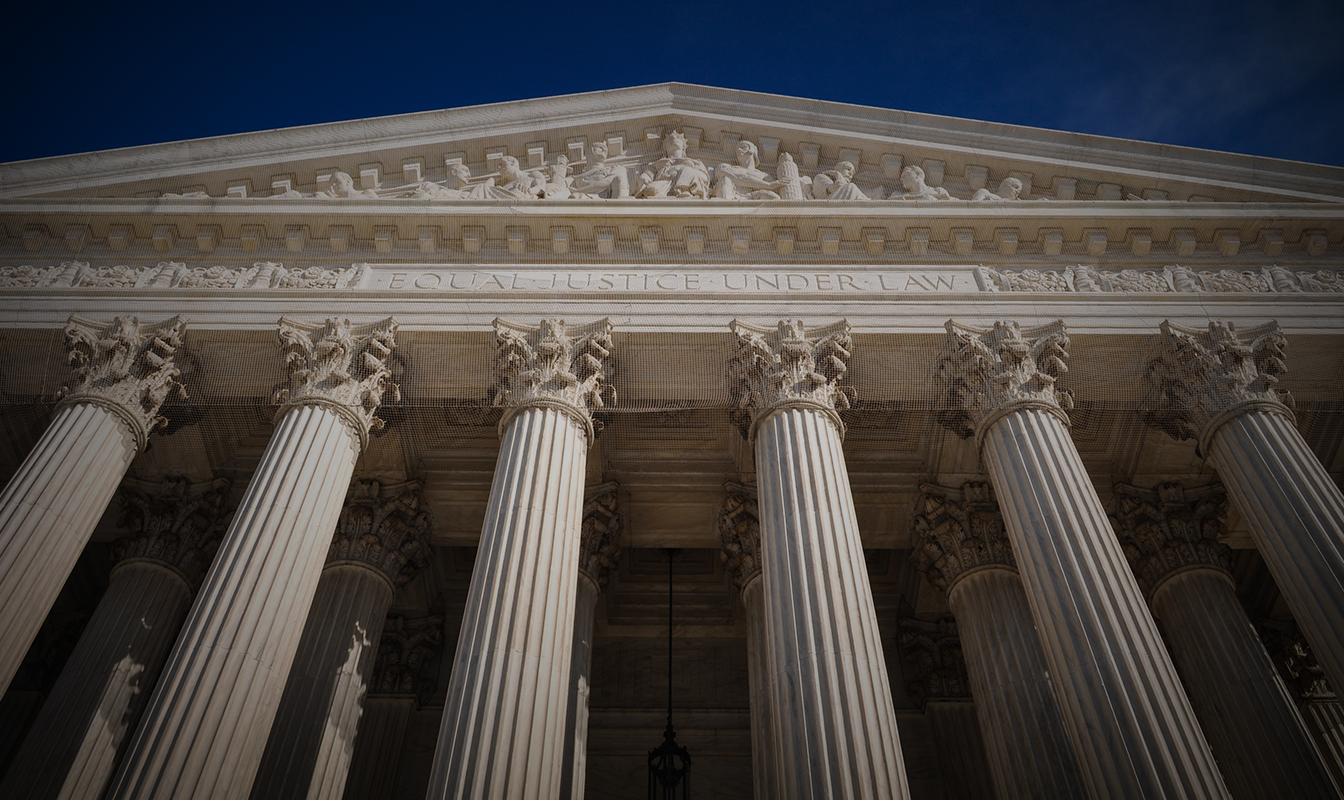Almost everyone in the higher ed world is awaiting the Supreme Court’s decisions – expected this month — on whether, and to what extent, race can be a factor in admissions decisions.
The cases are:
- Students for Fair Admissions, Inc. v. Harvard University
- Students for Fair Admissions, Inc. v. University of North Carolina
(In a relatively unusual move, the Supreme Court agreed to hear the UNC case before the U.S. Court of Appeals for the Fourth Circuit could hear the appeal from the District Court’s decision, so that it and the Harvard case could be heard together.)
That the cases involve a private university and a public university is significant, because they are subject to different standards, and by deciding both the Court is expected to set the rules for all of U.S. higher ed.
The cases are the latest in a long-standing battle over how American higher ed deals with the country’s long history of racial discrimination, and whether “race conscious” admissions policies remedy that history or simply extend it by engaging in what for years was called “reverse discrimination.” The first major decision in the continuing legal battle over these policies was Regents of University of California v. Bakke all the way back in 1978. Although that ruling was largely reaffirmed twice since then, the issue has remained contentious and the ideological balance in the Supreme Court has changed.
Even now, the Court’s decisions in the Harvard and UNC cases – whatever they may say – are unlikely to be the last word on the role race plays in admissions decisions, to say nothing of employment decisions. Diversity, equity, and inclusion programs have become the source of political controversies in multiple state legislatures as well as the 2024 presidential campaign already underway.
There is a great deal of guidance available to universities on what they should be doing in advance of the Supreme Court’s decision to prepare their admissions policies, including helpful information from AACRAO and the College Board, as well as law firms. But there is relatively less guidance regarding communications (beyond the obvious observation that communications will be important).
The reticence is understandable, and many university general counsels and government affairs people are advising universities have as little as possible to say.
But we believe there are some things universities can and should be saying in advance of the Court’s decision and likely also in the aftermath:
Impact:
If your institution does not currently use race as a factor in admissions decisions, say so, if your legal counsel will permit it. This will put people’s minds at ease about the possible impact of any ruling. At the same time, be aware that different people may have different ideas about what constitutes “holistic” or “race-neutral” admissions practices.
Complexity:
Institutions with multiple campuses, and with multiple schools, each having its own admissions process, need to be especially careful in describing their processes and in talking about how the rulings may affect them.
Precision:
Be as precise as possible in your language. For example, the phrase “affirmative action,” though it is often used in the media to describe the policies under review in the two Court cases, generally encompasses a much broader array of approaches to achieve diversity than the practices at issue. But be aware that even “race-neutral” policies employed to achieve diversity are already being challenged in the lower courts, and the Court itself may use language that has implications beyond undergraduate admissions.
Audit:
Review existing communications and marketing materials to inventory the use or reference of race and, in some states, DEI.
Comms Team:
Establish a communications team specifically assigned to this subject, and prepare in advance “standby” statements for various potential outcomes. While the statement you actually use after the Court announces its decision will inevitably need to be tailored to the Court’s language, probably three-quarters of your statement can include approved language. Also, tailor communications to internal and external audiences. Make sure the communications team is closely integrated with operational teams, and that comms has a seat at the institution’s policy making table so that communications aren’t an afterthought.
Values:
To the extent appropriate in your state, communicate your continuing commitment to diversity and opportunity while acknowledging your obligation to comply with the law.
Polarization:
Recognize that any communications on this subject are inherently political and will be subject to amplification, distortion, and even intentional mischaracterization in a highly polarized environment.
We’re confident that once the Court speaks, there will be much more guidance about what to communicate next.

